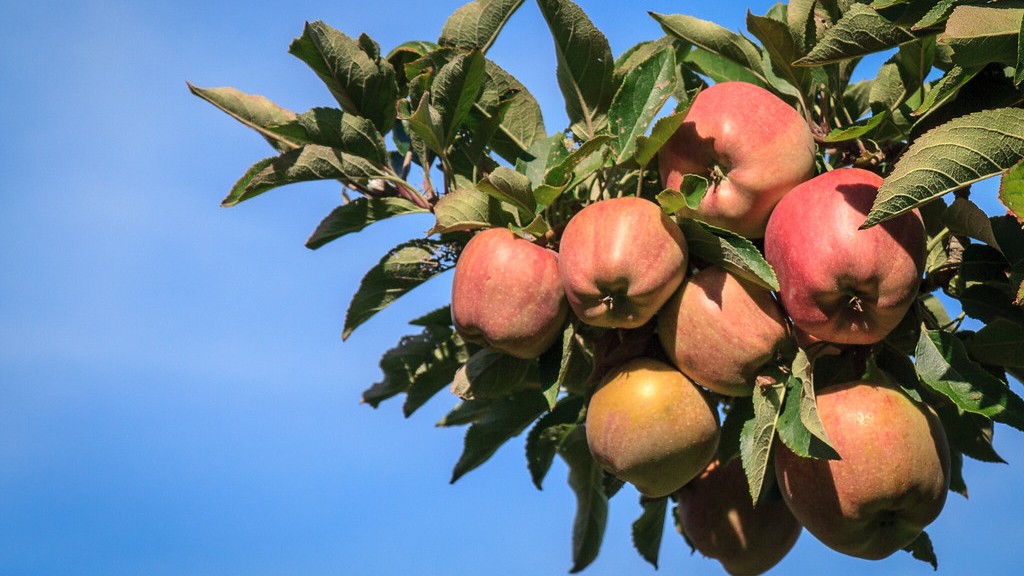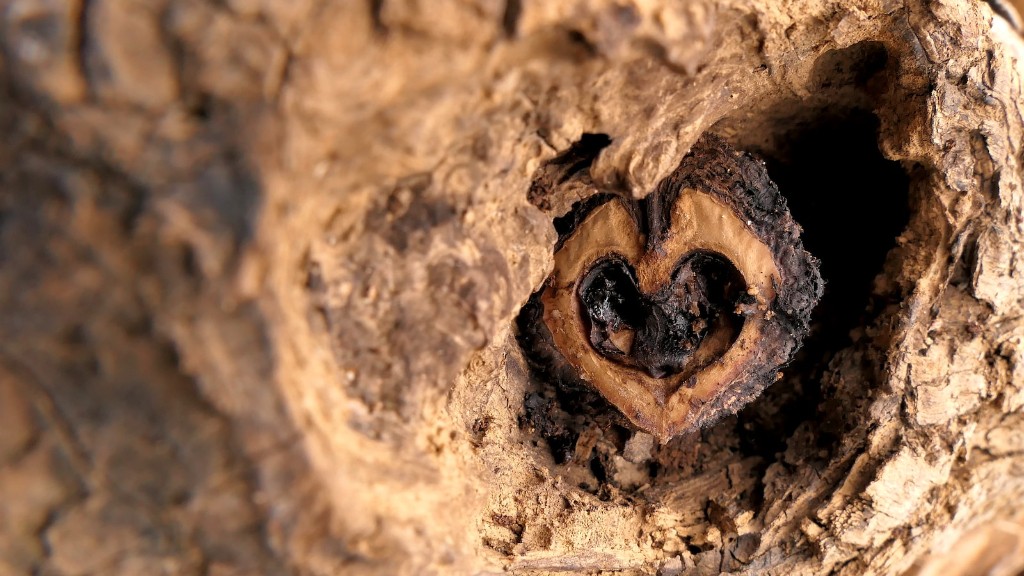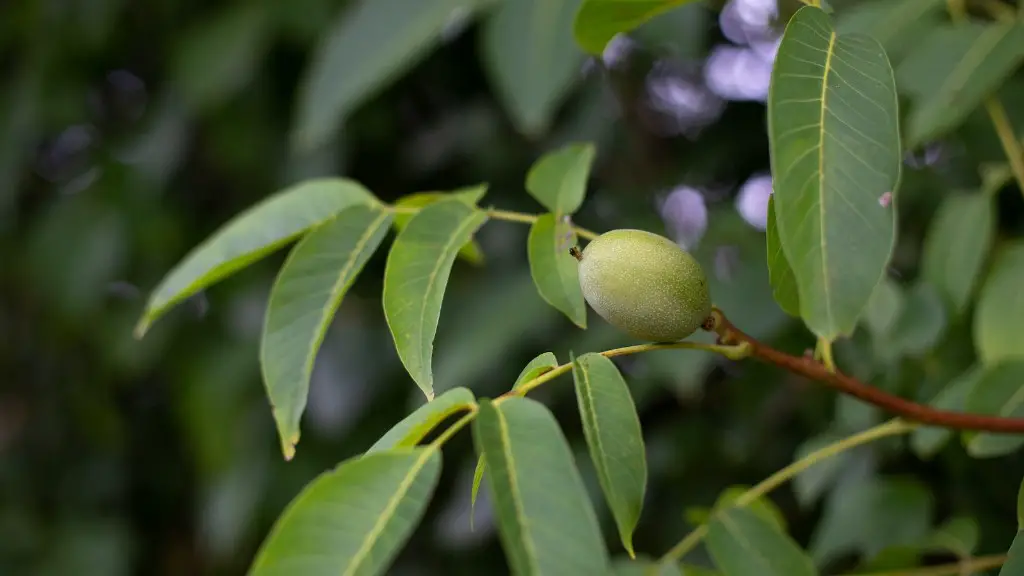If you have a palm tree on your property that you want to remove, you will need to dig up the roots. This can be a daunting task, but with the right tools and a little elbow grease, you can get the job done. Here’s a step-by-step guide to removing palm tree roots.
One way to remove palm tree roots is to physically remove them with a shovel or other tool. Another way is to use a chemical root killer.
What is the easiest way to remove a palm tree stump?
If you have a palm tree stump that you want removed, the best way to do it is with a stump grinder. Stump grinders are designed to grind the stump down to soil level, which will not only remove the stump but also prevent the tree from resprouting.
If you’re looking to remove a palm tree stump, you’ll need to be extra careful due to the long, stringy roots that can be difficult to untangle. Once the stump and roots are removed, you’ll have much better soil structure for future planting.
How deep do palm tree roots go
Palm tree roots are very shallow, only growing three feet into the ground. Instead of growing straight down like most trees, their roots grow horizontally. This is due to the lack of a tap root. The initiation zone is the area where the tree first starts to grow roots.
If you have an infestation or infection in your palm tree, it’s important to remove not only the stump, but also the roots. This will help to prevent the problem from spreading and will also help to ensure that the tree doesn’t regrow.
How long does it take for palm tree roots to rot?
If you want to speed up the process of decomposing a palm tree stump, you can use chemicals like Epsom salt or nitrogen fertilizer. It could take up to seven years for the stump to completely decompose, but using these chemicals can help speed up the process.
There are a few different ways that you can remove a stump from your yard. One way is to use a mattock, digging bar, and shovel to clear away the soil from around the stump and roots. Then, you can use a bow saw to cut through the roots. Another way is to use an ax to chop through the roots. As you cut the roots away from the stump, be sure to cut them a second time to remove them from your work area.
How long will a palm tree stand after it dies?
It is interesting to note that a dead palm tree can stand for a considerable amount of time before finally succumbing to the elements. This is due in part to the sturdy nature of the tree’s trunk and root system. While the exact amount of time may vary depending on the type of palm tree, it is not uncommon for these trees to remain standing for several months, or even up to a full year, before finally toppling over.
A stump grinder is a tool that is used to remove tree stumps by grinding them down to below ground level. The operator guides the blade of the grinder over the entire surface of the stump, which cuts the stump wood into small pieces. The grinding action of the blade takes the stump down to well below ground level, making it much easier to remove.
Can you remove a tree stump by yourself
When you want to remove a tree stump from your yard, you need to dig around the stump to expose as many roots as possible. Then, you can use a chainsaw, hatchet, or handsaw to cut the larger roots. As you continue digging, you may find smaller roots that can be cut with clippers or loppers. Once you’ve cut all of the roots around the stump, you can lift and remove the stump from the ground.
The response of palm roots that have been cut at various distances from the base of the trunk varies among different species of palms. For instance, cabbage palms rarely Regenerate root tips (less than 1 percent of the time), while coconut palms regenerate root tips about 50 percent of the time regardless of the length of the root stub. This information is important to know when considering palm trunk removal, as it helps to determine which species of palm are more likely to regenerate after the roots have been cut.
Can palm tree roots damage a house foundation?
While tree roots can damage a house foundation, they are usually only opportunistic and will only grow and penetrate where it is easiest to do so. This includes friable soils and mulch. If you have trees on your property, it is important to be aware of the potential for damage and take steps to prevent it.
Although palm trees have roots that are narrower and thinner than other types of trees, they can still cause damage to properties and other things surrounding them if they fall over. Therefore, it is important to take precautions to prevent palm trees from falling, such as by ensuring that they are securely anchored in the ground.
What happens if you dont remove tree roots
If left untouched, a tree stump and roots will start to rot and, over time, become home to pests, fungi, and other organisms. And sometime the roots will keep growing. In order to prevent this from happening, it is important to remove the tree stump and roots as soon as possible.
The best way to prevent regrowth from tree stumps is to remove the roots completely. This can be done with a variety of methods, including excavating the roots or using a root cutter. If the roots are not completely removed, they can continue to grow and eventually lead to new tree growth. However, this process takes many years and is not guaranteed. Herbicide can also be used to kill the roots to prevent regrowth.
How do you remove palmetto roots?
Saw palmettos are a type of palm tree that is native to the southeastern United States. They are known for their saw-like leaves and for their red, berries. Saw palmettos do not regenerate well after physical removal. Whether dug by hand, a hard, sweaty job, or by the use of tines or a claw on backhoes or other powered equipment, the rhizomes must be disturbed. Removal is best, but uprooting, cutting or chopping usually does the job of reducing any re-growth.
The roots of a tree are necessary for the tree to live and grow. Once the tree has been cut, the roots cannot grow anymore because the leaves are necessary to provide the food to fuel root growth. If the leaves are not there to provide food, then the roots will not be able to grow.
Final Words
Palm tree roots typically grow laterally, close to the surface of the soil. They can extend well beyond the tree’s drip line, or the area beneath the outermost branches. Because of this, they can be difficult to remove without damaging the tree. The best way to remove palm tree roots is to cut them with a sharp spade or shovel.
Some palm tree species have very aggressive root systems that can wreak havoc on nearby pipes and sidewalks. If you have a palm tree on your property that is causing problems, you may need to remove the roots. This can be a tricky and dangerous project, so it is best to hire a professional tree service to handle it. With the right tools and expertise, they will be able to safely and effectively remove the roots of your palm tree.





